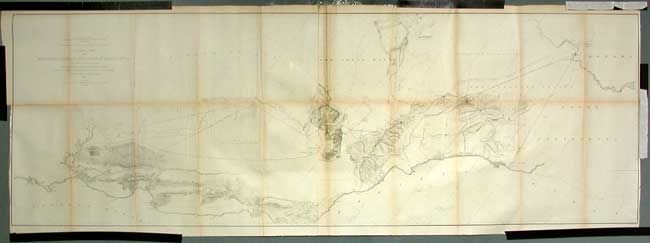Catalog Archive


Auction 106, Lot 175
"General Map of Explorations and Surveys in California…", Williamson, R. S. (Lt.)

Subject: California
Period: 1853 (dated)
Publication: U.S. Pacific Railroad Surveys
Color: Black & White
Size:
73 x 24.4 inches
185.4 x 62 cm
Download High Resolution Image
(or just click on image to launch the Zoom viewer)
(or just click on image to launch the Zoom viewer)